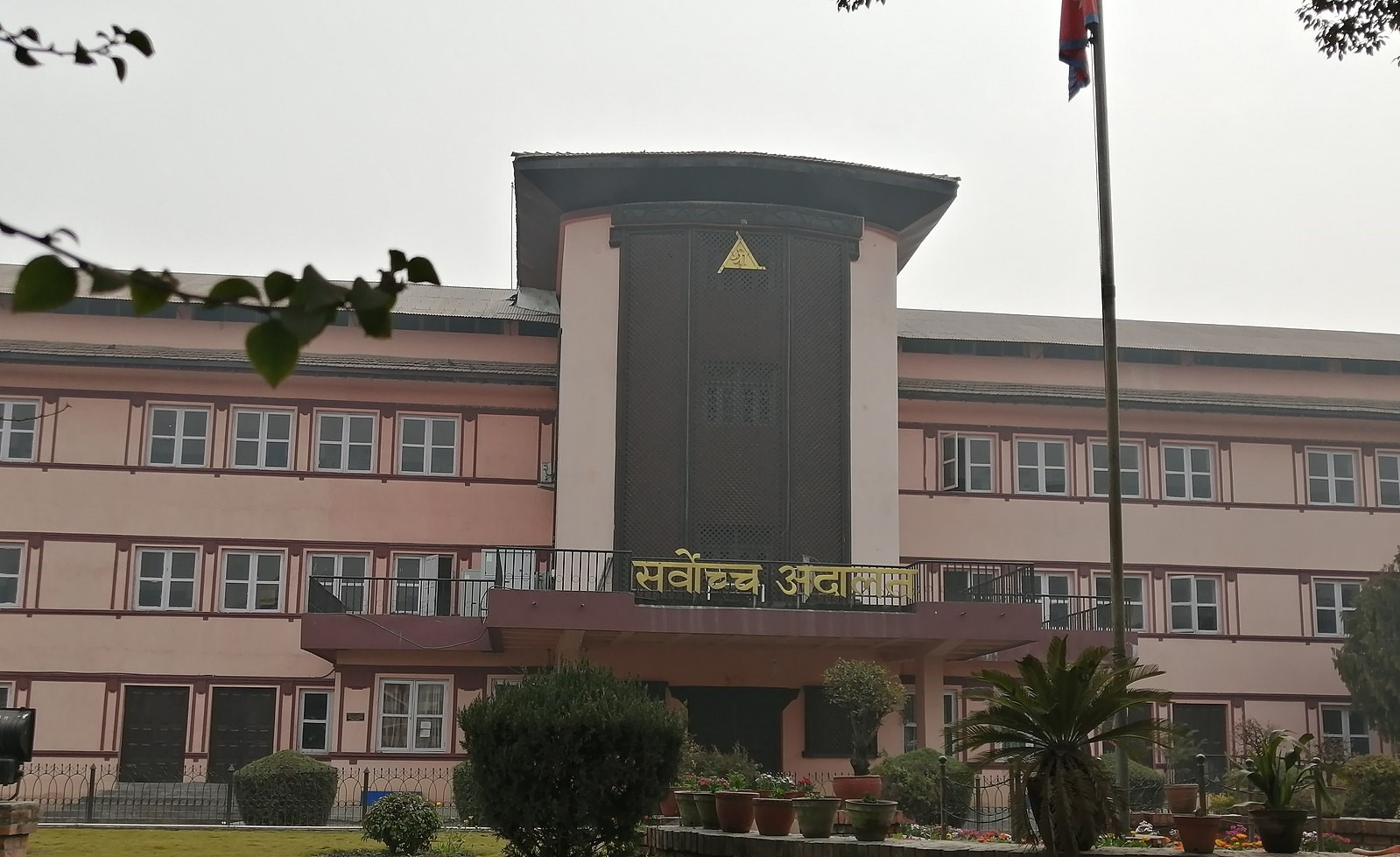A dispute between the Chief Justice of Nepal and other members of the country’s Supreme Court and bar has been going on for weeks now. With the independence of Nepal’s judiciary in question, both the judicial system and its services have been affected. Recently, the procedural rules of the top court were amended to introduce a new lottery system for the allotment of cases. Nepalese law student Smriti Pantha of Kathmandu University School of Law files this exclusive report for JURIST from Kathmandu:
Trouble first started on 25 October after the Supreme Court’s judges boycotted a meeting called by Chief Justice Rana over an alleged unscrupulous practice of manoeuvring case outcomes through docket manipulation and bench-shopping. Additionally, he has been accused of bargaining with the executive for a Cabinet seat for his brother-in-law and of being unwilling to adopting a lottery system for designating benches. The judge-led boycott lit the spark of protest. The Supreme Court Bar Association and Nepal Bar Association joined to collectively demand that CJ Rana resign. Rana did not agree to their demands, further drawing out the strife.
The Supreme Court judges then began to boycott court hearings in order to restore the sanctity of the judiciary. However, this was affecting the public and their right to access justice. Eventually, moral pressure built upon the judges, especially when they did not come to hear habeas corpus petitions. After three weeks, the judges made their way back to the benches on the condition that a lottery system would be introduced to refrain the Chief Justice’s involvement in manoeuvring cases and designating benches. Although the judges were seeking a middle path to resolve the conflict, the lawyers were still determined to get the Chief Justice to resign.
The Nepal Bar Association gave the Chief Justice an ultimatum to resign by 3 November. Chief Justice refused to resign, and instead declared that he was ready to face the constitutional process, hinting that the appropriate course of action would be an impeachment motion by the legislature. However, the political parties are reluctant to interfere and are evading the issue by calling it a matter of judicial independence. Yet, the political reluctance to impeach the Chief Justice Rana and the chaos hindering common citizens’ access to justice itself opposes the principles of separation of power and rule of law.
The Nepal Bar Association (NBA) staged demonstrations and sit-ins at the main entrance of the top court. They also vowed to not let the Chief Justice enter his office. The NBA’s protest led to enhanced security in and around the Supreme Court where a large number of the Nepal police and Armed Police Force (APF) were deployed. On 11 November, six lawyers were injured in a scuffle with the police who used batons to disperse the crowd. The Chief Justice, on the other hand, reached his office through an alternative gate. Next week, on 18 November, several protesting lawyers, including the President of the Nepal Bar Association Chandeshwor Shrestha, were severely injured in a scuffle with the police while trying to stop Chief Justice Cholendra Rana from entering the court through this alternate gate.
Speaking out against the events on 11 and 18 November, the NBA condemned the use of force by security personnel and urged national as well as international human rights organizations to monitor its protests. It also urged the home ministry and the court administration to remove riot police from the top court’s premises. It says that the home administration, the court administration and Chief Justice Rana would be responsible if lawyers are attacked. Dr Tikaram Pokherel, the spokesperson of National Human Rights Commission (NHRC), has also spoken against the use of force and urged the Government of Nepal to refrain from using unnecessary force against lawyers who are protesting peacefully.
After this incident, the full court of the Supreme Court met on 18 November itself to condemn the use of force against lawyers. In the same meeting, they passed an amendment to the Supreme Court rules allowing preparation of the cause list based on a lottery system. Presently, the amended version of the rules put an end to Chief Justice’s discretion in assigning cases. Cases are being assigned to benches through the lottery system from 1 December onwards. Lots will drawn everyday at 10 am in the presence of the Chief Justice and other judges, the Chief Registrar, and officials from the case management committee. Although the judges have resumed hearings, they continue to maintain a clear position against sharing the bench with Chief Justice Rana.


